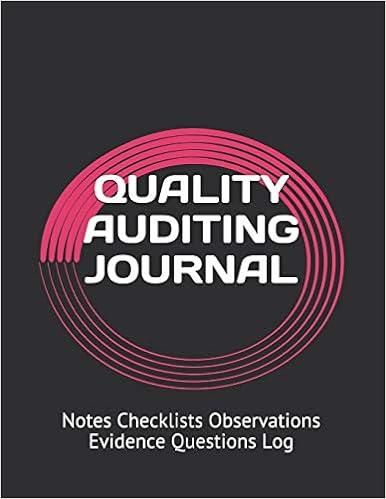Part 1 The Company and Its Environment Ratio Analysis d. Calculate the projected current and quick ratios based on the projected balance sheet and income statement data. What can you say about the company's liquidity position and its trend? e. Calculate the projected debt ratio, debt-to-equity ratio, liabilities-to-assets ratio, times-interest-earned ratio, and EBITDA coverage ratios. How does Computron compare with the industry with respect to financial leverage? What can you conclude from these ratios? f. Calculate the projected price/earnings ratio and market/book ratio. Do these ratios indicate that investors are expected to have a high or low opinion of the company? g. Perform a common size analysis and percentage change analysis. What do these analyses tell you about Computron? h. Use the extended DuPont equation to provide a breakdown of Computron's projected return on equity. How does the projection compare with the previous years and with the industry's DuPont equation? i. What are some potential problems and limitations of financial ratio analysis? j. What are some qualitative factors that analysts should consider when evaluating a company's likely future financial performance? a. Why are ratios useful? What three groups use ratio analysis and for what reasons? b. Calculate the projected profit margin, operating profit margin, basic earning power (BEP), return on assets (ROA), and return on equity (ROE). What can you say about these ratios? c. Calculate the projected inventory turnover, days sales outstanding (DSO), fixed assets turnover, and total assets turnover. How does Computron's utilization of assets stack up against that of other firms in its industry? Answer questions a. through j. For differences from industry average discuss possible strategies the company may be pursuing that could result in such differences. Prepare a GAAP cash flow statement for years 2023 and 2024E. Discuss the operational issues that may be present based upon the flow of cash as indicated. Prepare a statement of free cash flow for 2023 and 2024E using both methods presented in class. Calculate the company's ROIC for 2023 and 2024E. Discuss your results assuming WACC of 10% The first part of the case, presented in the previous chapter, discussed the situation of Computron Industries after an expansion program. A large loss occurred rather than the expected profit. As a result, its managers, directors, and investors are concerned about the firm's survival. Jenny Cochran was brought in as assistant to Computron's chairman, who had the task of getting the company back into a sound financial position. Cochran must prepare an analysis of where the company is now, what it must do to regain its financial health, and what actions to take. Your assignment is to help her answer the following questions by using the recent and projected estimates shown next. Provide clear explanations, not yes or no answers. Income Statement (Millions of Dollars) Note! "E" denotes the "estimated forecast" Also, Computron has no amortication











